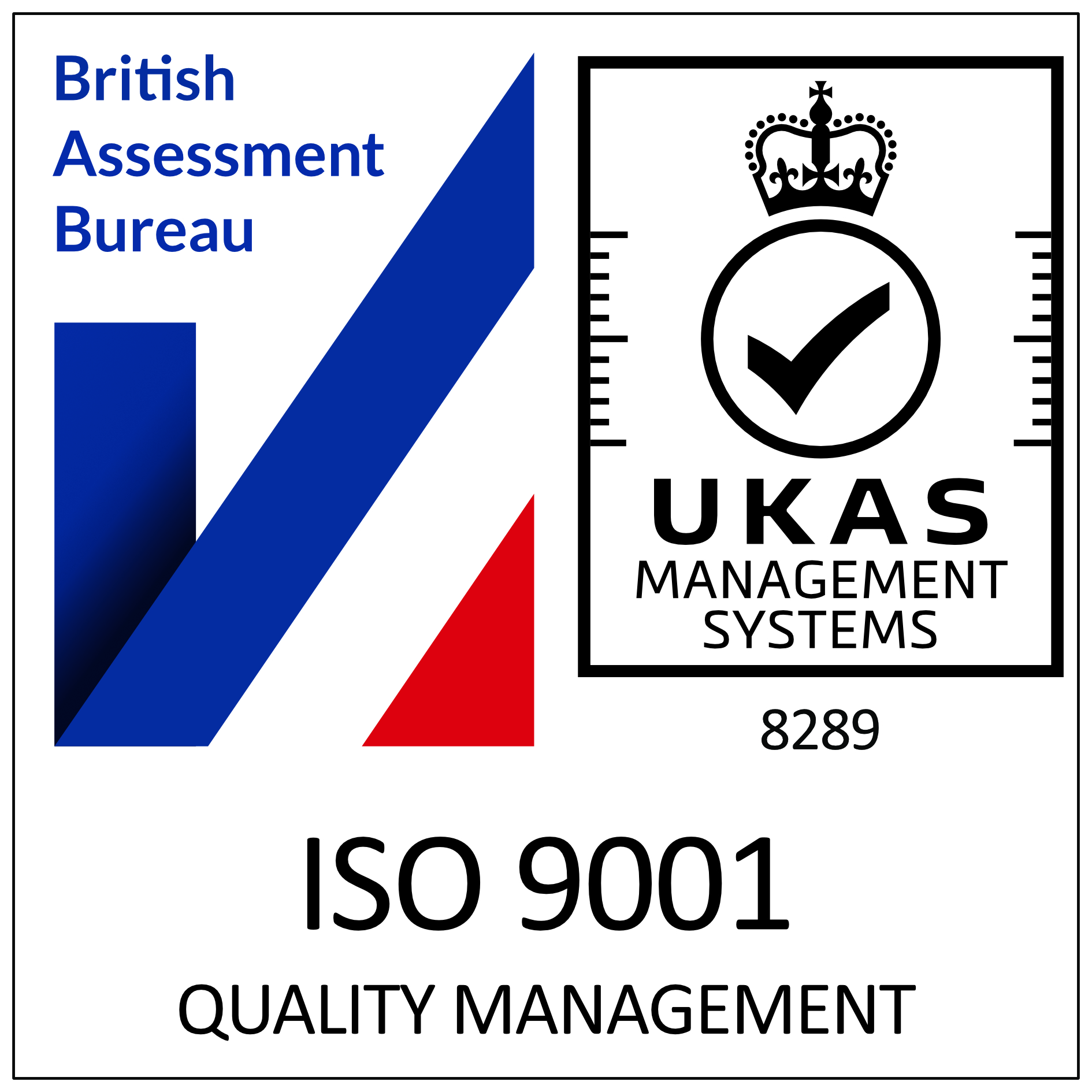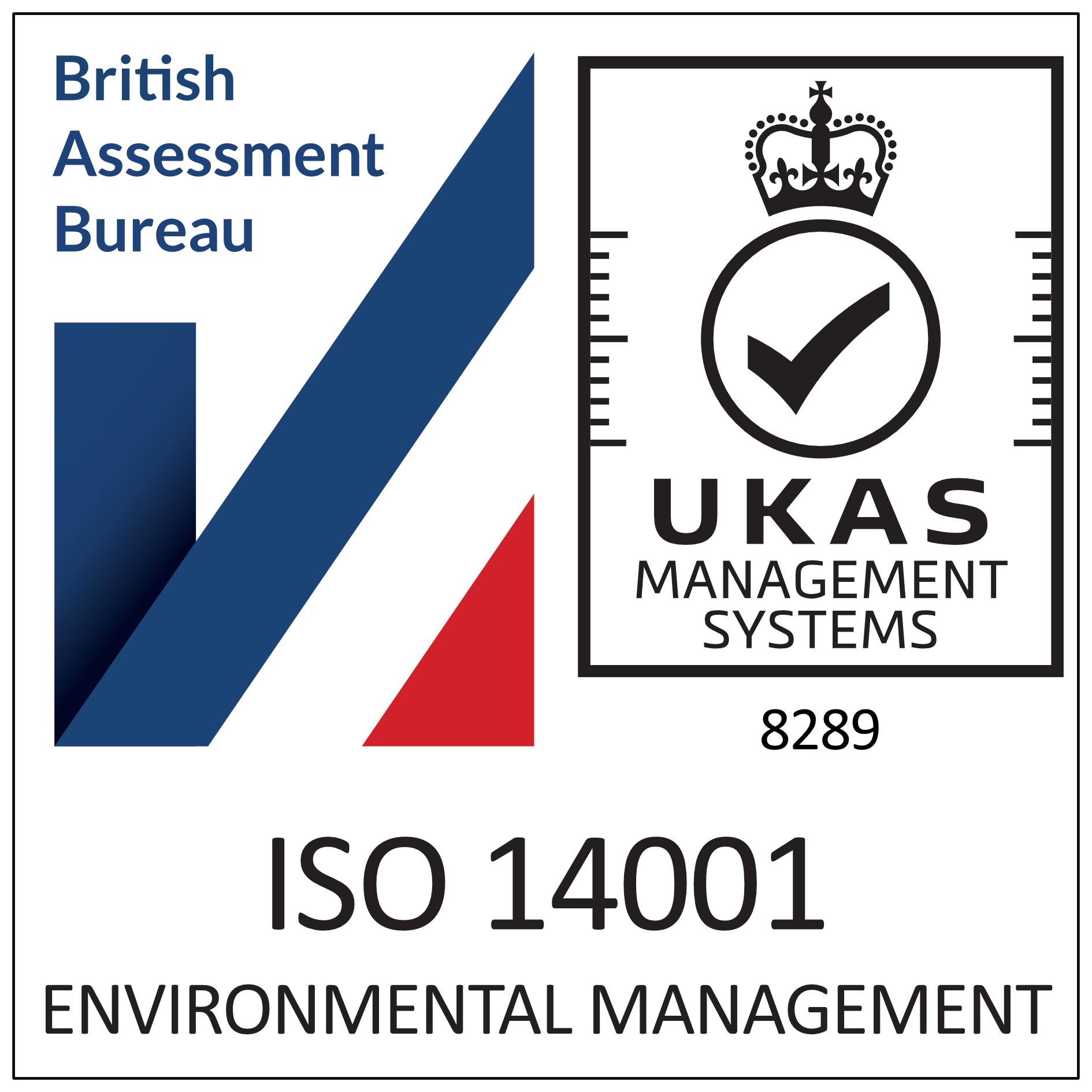What Is A Security Fire Door?
It is a legal requirement for many buildings to have specialised security fire doors installed in appropriate locations. The building owner or appointed manager has the responsibility to ensure that the building is equipped with the best protection against a fire outbreak within the building to ensure the safety of the building occupants and other users. Here are some details as to what exactly a security fire door is, and what its functions are:
Fire Doors
Many buildings will have fire doors installed – these serve to offer protection for the occupants along with minimising any damage to the fabric of the building itself. One of the most important roles of fire doors is in either protecting or creating an escape route from a building in the event of a fire outbreak. Whilst a fire door cannot prevent a fire outbreak from happening, it offers this protection by compartmentalising the fire, thus serving to contain any flame, heat, and smoke from spreading to other adjoining areas from where the initial fire source occurred.
Fire doors should be strategically located around the building and installed at the most ‘vulnerable’ areas and where fire outbreaks are most likely to occur – typically kitchens, canteens and catering facilities, boiler rooms, and storage areas that may contain flammable and combustible materials such as paper, cardboard, and such. Any room in a building that houses electrical equipment should also be regarded as vulnerable and should, therefore be protected by the installation of fire doors.
Security Fire Doors
Security fire doors have dual functionality – they offer all those same fire protection features, and work in the same fashion by compartmentalising the building and containing the fire within the area of initial ignition, but also offer additional safety features. Whilst all fire doors are comprised of stronger, thicker materials than standard doors, security fire doors are more robust again – they will often be fortified with advance security features such as multi-point locking systems, heavy-duty hinges, reinforced frames and more robust materials.
These elements offer greater protection, not only from fire, but also from any attempted unauthorised entry or access and are a major deterrent against potential break-ins and intrusions, therefore offering physical protection as well as fire safety. It is important to note that ALL internal security doors should at all times be kept closed unless fitted with certified fire door retainers which are ‘triggered’ by fire alarms being actioned.
Security Fire Door Ratings
Security fire doors are specifically designed and manufactured to offer fire resistance and provide protection – the levels of protection these doors provide is measured in certain ratings and will be appropriate for installation and deployment in different environments. All security fire doors are constructed from materials deemed suitable for fire containment purposes – solid timber doors are specially treated and fitted with relevant door furniture such as locks, hinges, handles, along with specially treated glazing panels where relevant, and, importantly, the smoke-containing intumescent seals.
Security fire doors are manufactured to offer protection for varying minimum periods – an FD30 fire door will contain all the harmful elements of a fire outbreak for a minimum of 30 minutes, an FD60 fire door will offer the same level of protection and containment, for a minimum of 60 minutes, an FD90 door for 90 minutes, and so on. Every security fire door will have been thoroughly tested and certified as fit for purpose and should display the relevant testing centre information for clarification and all security doors should be clearly identified with relevant signage.
Compliance and Regulation
Security fire doors MUST adhere to the exact same strict regulations for fire safety as all other specifically manufactured fire doors. All security fire doors undergo comprehensive and rigorous testing to ensure ALL compliance and security standards are satisfied.
Introduction of the Fire Safety (England) Regulations 2022 emphasise the importance of regular fire door inspections, whilst The Regulatory Reform (Fire Safety) Order 2005 states that ALL fire doors be subject to regular maintenance and audit checks – in residential buildings these must be AT LEAST every six months and in busy buildings where the doors may be subjected to heavy, regular use, every three months is the recommendation.
These audits must be performed by appropriate and responsible people and there must be documentation of the date, time, work details and inspection results recorded and maintained. Complying with this regulatory reform Order is crucial for maintaining a safe environment.
Other Security Doors
Whilst we have highlighted the importance and benefits of security fire doors inside a building, it is worthwhile considering other security doors that may be deployed within premises. Whilst security fire doors offer the comprehensive dual protection mentioned, some buildings may have external security doors also installed, such as fire exit doors.
Whilst the name of these doors may cause confusion, fire exit doors are NOT fire resistant – they serve as escape points from a building in the event of a fire outbreak. They are designed to allow quick passage through to a safe outside space whilst, at the same time, preventing any unauthorised access from outside coming into the building. They can be left open but, if closed they MUST be fitted with a push or ‘panic’ bar that is easy to use in an emergency.
Investing in security fire doors is a major proactive step in protecting your building and, more importantly, its occupants and visitors, in the event of fire emergencies AND other security threats. Installation of security fire doors will offer peace of mind for both owners and users of the premises, knowing that this formidable and comprehensive safety and security is in place.









